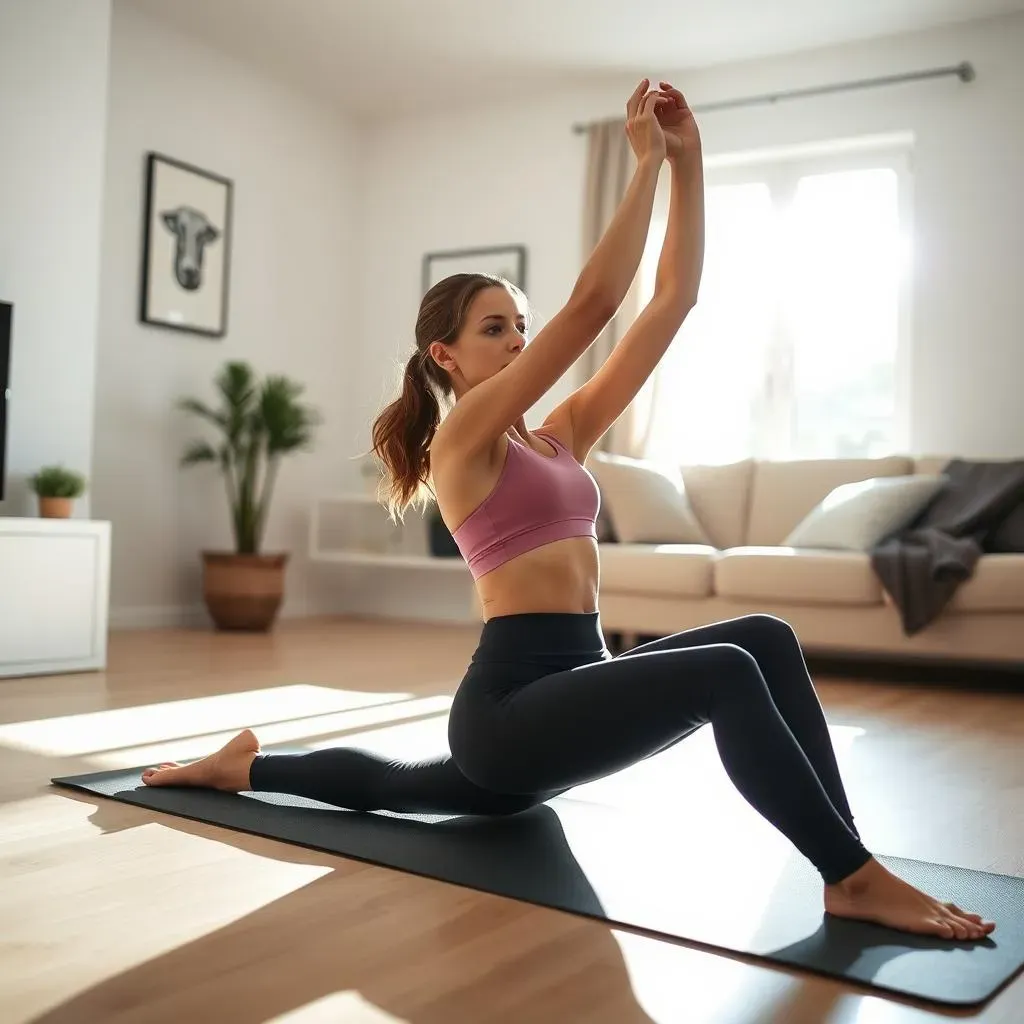Table of Contents
Introduction
Thinking about getting stronger, improving flexibility, or just moving your body without trekking to a gym? Maybe the idea of complicated machines or crowded classes feels like a chore. That's where pilate workouts at home slide in, offering a surprisingly effective path to a stronger core and better posture, all from the comfort of your living room floor. Forget the fancy studios for a moment; the fundamental power of Pilates lies in precise movements and controlled breathing, things you absolutely can master without leaving the house. This isn't some airy-fairy trend; it's a proven method focusing on building strength from the inside out. We're going to cut through the noise and show you exactly how to make pilate workouts at home work for you. We'll cover the absolute essentials you need (spoiler: not much), walk you through a straightforward routine you can do today, share practical tips for getting the most out of each session, and tackle those nagging questions you might have. Ready to roll out a mat and see what happens?
Why Pilates Workouts at Home Make Sense
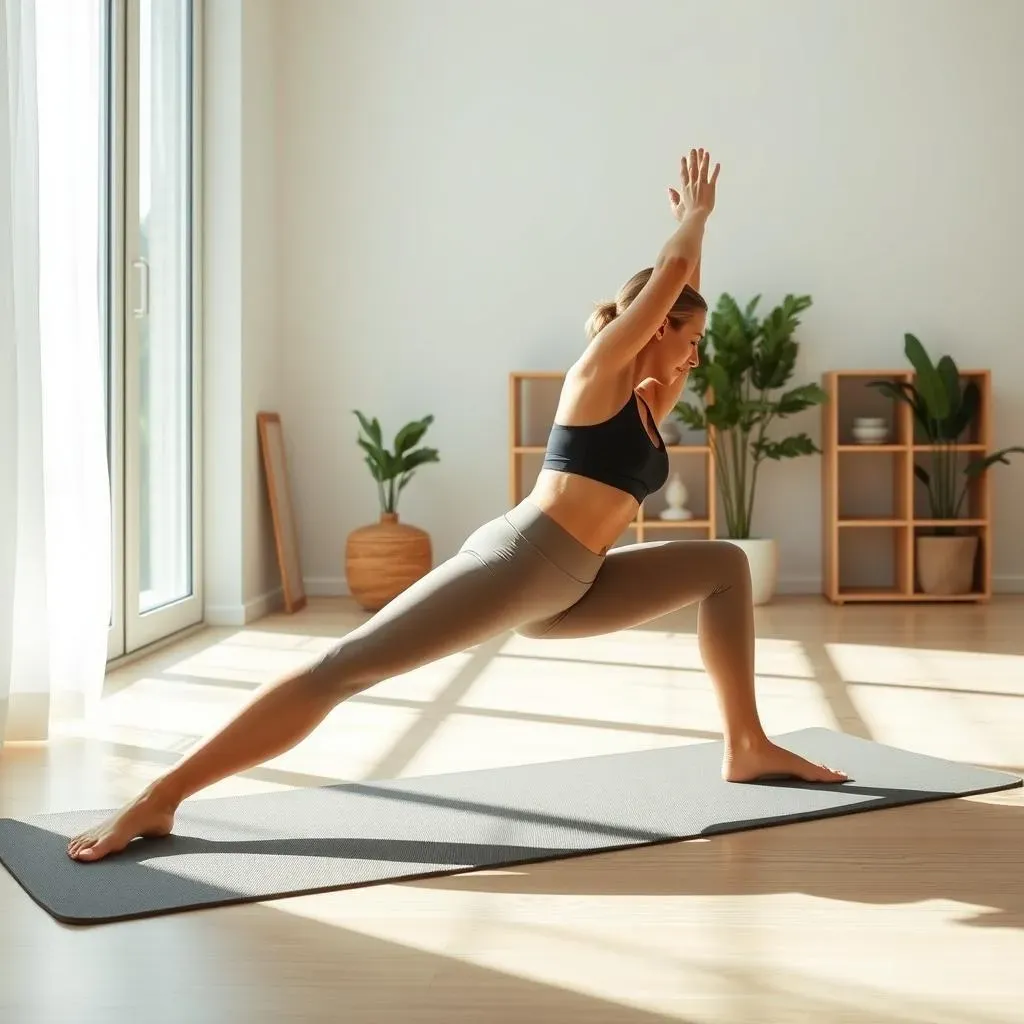
Why Pilates Workouts at Home Make Sense
Ditch the Commute, Keep the Core Strength
Let's be honest, getting to a gym or studio can feel like another workout before the actual workout. The traffic, finding parking, coordinating schedules – it's enough to make you reconsider the whole fitness endeavor. But pilate workouts at home? That eliminates half the battle right there. You roll out of bed, grab a mat (or even just a towel), and you're ready. No judgment, no waiting for equipment, just you and the floor. It's about reclaiming that time and energy and redirecting it into building a stronger, more flexible body. This isn't about settling for less; it's about leveraging convenience to build consistency, which is the real secret sauce to seeing results with any fitness routine.
Serious Results Without the Studio Price Tag
Maybe you think you need fancy reformers and expensive classes to actually *do* Pilates. That's a common misconception, and frankly, a bit of marketing fluff. The core principles of Pilates – control, concentration, centering, flow, precision, and breathing – don't require a $10,000 machine. They require your body, your mind, and a bit of space. Focusing on form and engaging the correct muscles in mat-based Pilates at home can deliver profound improvements in core strength, posture, and body awareness. You're working against gravity and your own body weight, which provides ample resistance for building lean muscle and improving stability. It's a practical approach that respects your budget while still delivering tangible physical benefits. Here's a quick breakdown of why pilate workouts at home are a smart move:
- Saves time and money (no travel, no membership fees).
- Offers privacy and comfort.
- Allows for flexible scheduling.
- Focuses on foundational bodyweight movements.
- Builds core strength and improves posture effectively.
What You Need for Pilates Workouts at Home
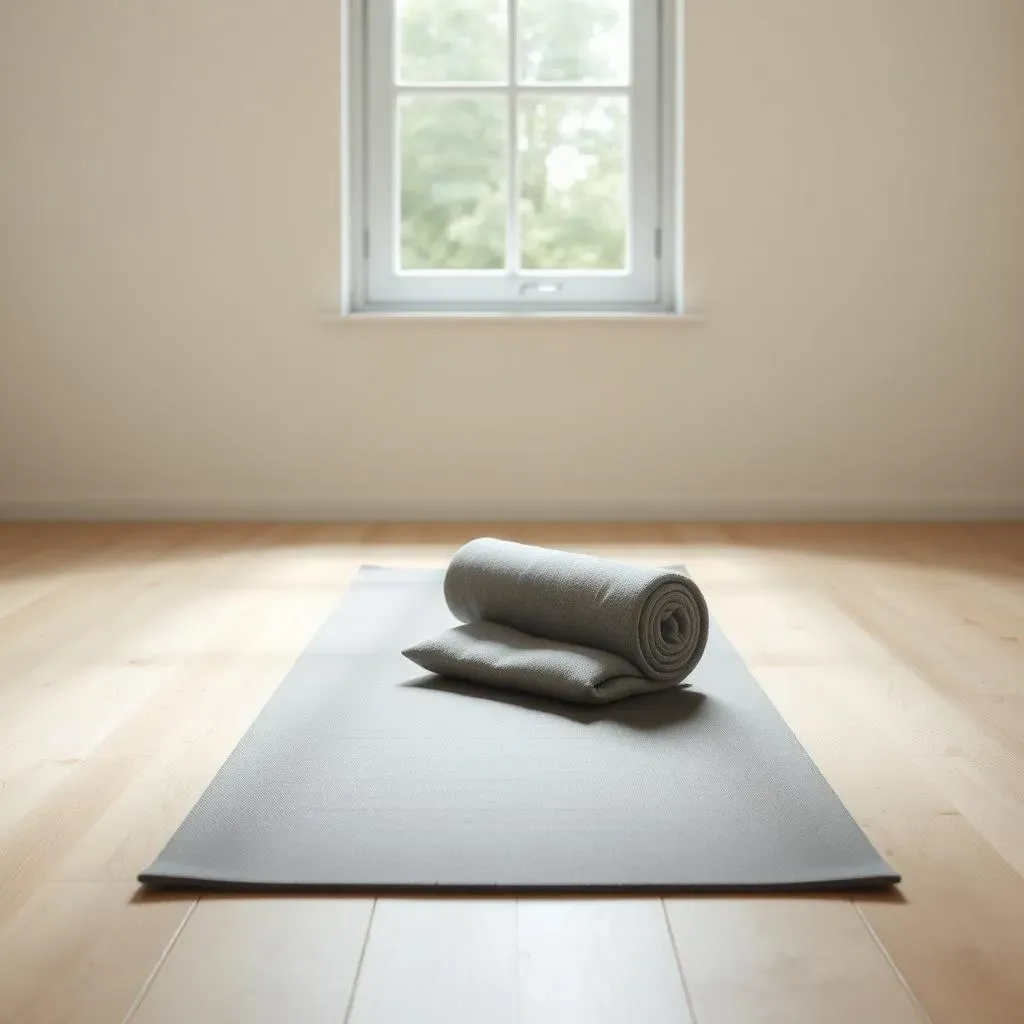
What You Need for Pilates Workouts at Home
Bare Minimums for Maximum Results
So, you're sold on the idea of bringing those pilate workouts at home to life, but maybe you're picturing a room full of intimidating contraptions. Let's pump the brakes right there. What you *really* need for effective pilate workouts at home is surprisingly simple: a comfortable surface. That's it. A yoga mat is great because it offers some padding and grip, but a folded blanket, a thick towel, or even just a carpeted floor will absolutely get the job done, especially when you're just starting out. Beyond that, everything else is just gravy – maybe a small hand towel for neck support during certain exercises, or perhaps a small pillow. Don't let the lack of fancy gear stop you; your body and your breath are the most important pieces of equipment you'll ever need.
Your First 20Minute Pilates Routine at Home
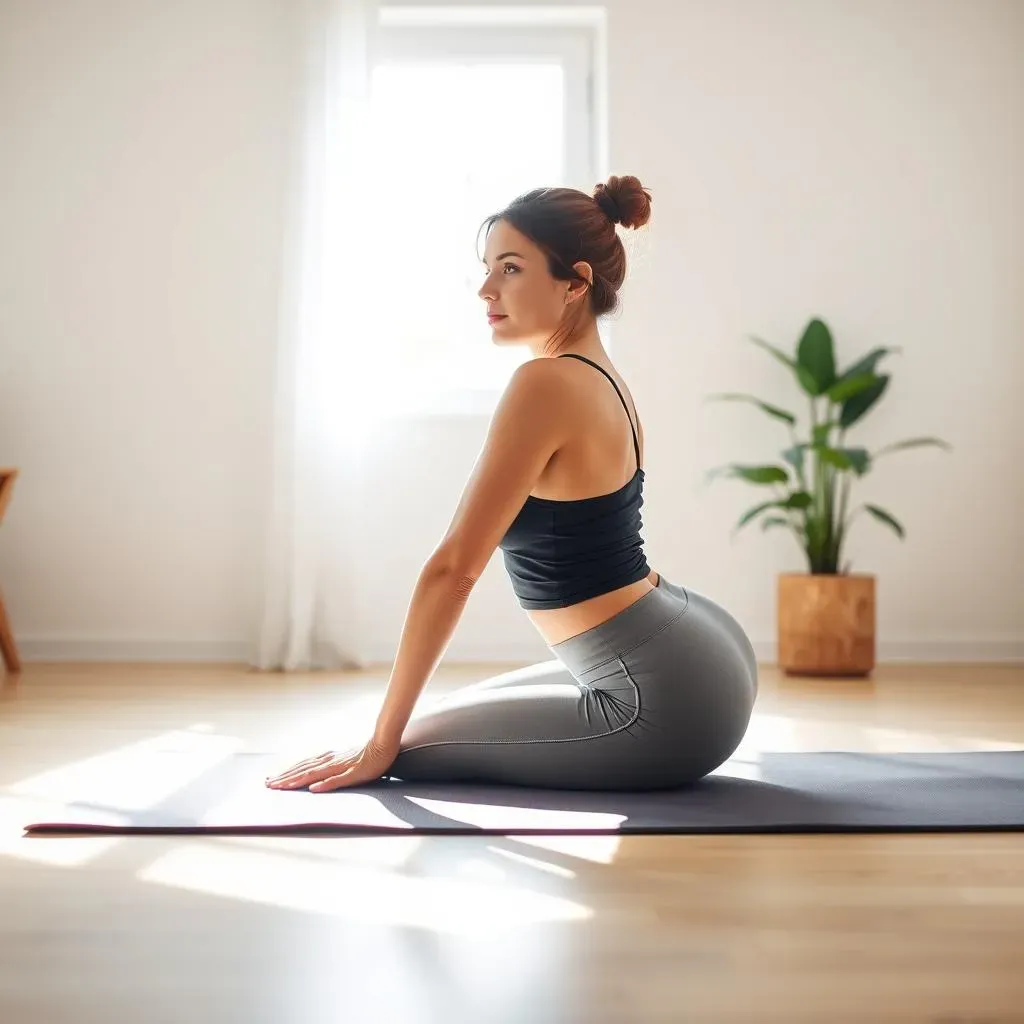
Your First 20Minute Pilates Routine at Home
Your First 20-Minute Pilates Routine at Home
Alright, so you've got your mat (or blanket, no judgment here) and you're ready to actually *do* some pilate workouts at home. Let's not overthink this. Your first 20-minute Pilates routine at home is about getting a feel for the movements and connecting with your core, not performing circus acts. We're going to hit the major muscle groups with foundational exercises that are effective whether you're a total beginner or just easing back in. Think of this as your entry point – a solid sequence designed to wake up your stabilizing muscles and give you a taste of that Pilates burn without completely wiping you out. It's short, sweet, and gets the job done. Here are the moves we'll tackle in this first session:
- Half Roll-Down
- Glute Bridge
- Standing Side-Kick Series
- Side Plank
- Lower Lift
- Criss-Cross
- Pilates Pushup
Tips for Better Pilates Workouts at Home
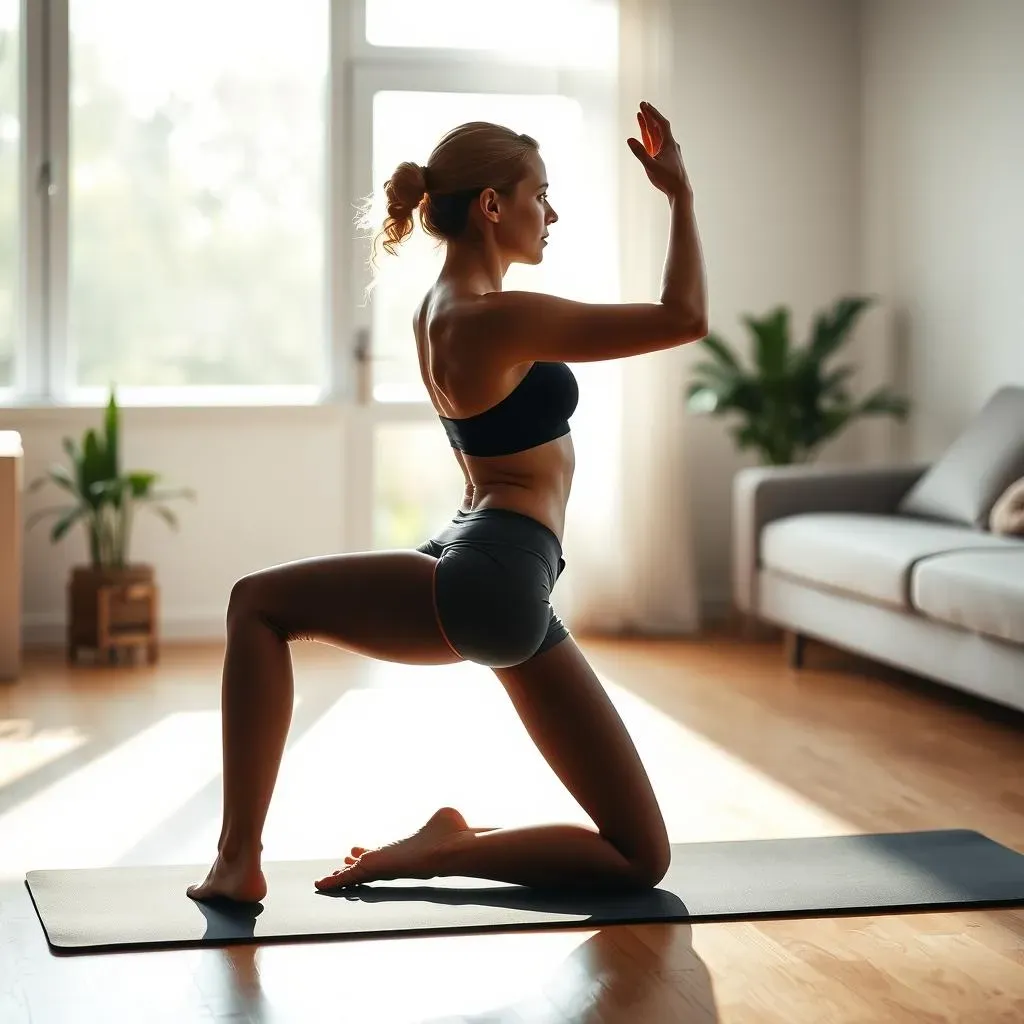
Tips for Better Pilates Workouts at Home
Making Your Home Practice Count
so you've committed to trying pilate workouts at home. That's step one. Now, how do you make sure you're actually getting something out of it besides a sore back from bad form? It's easy to get distracted at home – the dog wants out, the laundry needs doing, your phone is buzzing. Success with Pilates at home hinges on treating it like a dedicated practice, not just something you squeeze in while half-watching TV. Paying attention to the subtle cues your body gives you, focusing on controlled movements, and really emphasizing your breath makes a world of difference. Don't just go through the motions; *feel* the work happening in your core and throughout your body. It's about quality over quantity every single time. Here are a few non-negotiable tips for better pilate workouts at home:
- **Prioritize Form:** Seriously, watch videos, read descriptions, even record yourself if you can. Bad form is worse than no form.
- **Breathe Deep:** Pilates breath is specific. Inhale to prepare, exhale to execute the effort. It powers the movement.
- **Engage Your Core:** This is the foundation. Think about pulling your belly button towards your spine *gently* throughout exercises.
- **Be Consistent:** A little bit often beats a lot rarely. Aim for 3-4 sessions a week, even if they are short.
- **Listen to Your Body:** Pain is a signal. Modify or skip exercises that don't feel right.
Your Questions on Pilates Workouts at Home, Answered
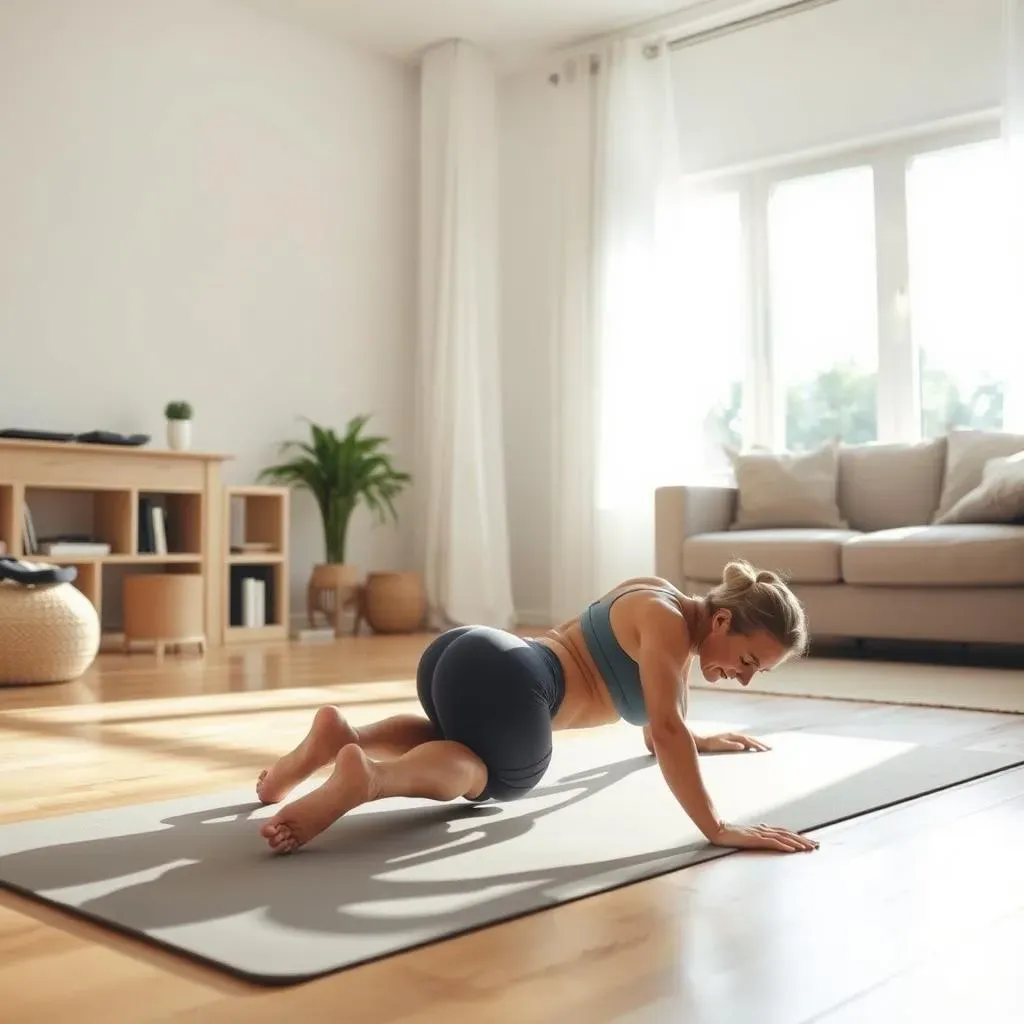
Your Questions on Pilates Workouts at Home, Answered
Can I Really Get Strong Doing Pilates Workouts at Home?
Look, if you're picturing yourself bench-pressing small cars after a few weeks of pilate workouts at home, let's adjust expectations slightly. Pilates isn't about building massive bulk. It's about building functional strength, the kind that makes you stand taller, move with more ease, and keeps your back from screaming after sitting too long. The focus on the core – the powerhouse – means you're strengthening the foundation of your body. You're working deep stabilizing muscles that often get ignored in traditional weightlifting. Think long, lean strength, improved muscle tone, and better body control. People underestimate bodyweight work, but controlled, precise movements against gravity are incredibly effective at building resilience and strength, especially when doing consistent pilate workouts at home.
What If I Have an Old Injury or Limited Flexibility?
This is where pilate workouts at home really shine for a lot of people. Unlike some high-impact activities, Pilates is inherently low-impact and focuses on controlled, mindful movement. This makes it adaptable. If your hamstrings are tighter than a drum or your shoulders complain, there are almost always modifications. Joseph Pilates designed the method to be accessible, and that carries over to mat work. You might use a pillow under your head, keep your knees bent more, or reduce the range of motion. The goal isn't to perfectly replicate the person on the screen; it's to find the version of the exercise that challenges *your* body safely and effectively today. Consistency with modified movements in your pilate workouts at home will gradually improve flexibility and strength over time. Here are a few common modifications you might use:
- Place a small towel or pillow under your lower back during exercises like the Hundred or Roll-Up if your back arches too much.
- Keep your knees bent during leg lowering exercises (like Lower Lift) to reduce strain on the hip flexors and lower back.
- Perform planks on your knees instead of your toes if full plank is too challenging initially.
- Reduce the range of motion in stretches or movements where you feel pinching or sharp pain.
- Use a yoga block or thick book under your hand during side plank if wrist pressure is uncomfortable.
Making Pilates Work at Home, For Real
So, you’ve seen that pilate workouts at home aren't some mythical beast requiring specialized equipment or a personal guru. They boil down to focused movement, consistent effort, and paying attention to your own body. We've laid out a path, from what you need to a simple routine and tips to keep you going. It won't magically solve every physical issue overnight, but sticking with it, even just a few times a week, can make a noticeable difference in how you move and feel. Roll out that mat (or towel), find a bit of floor space, and give it a shot. The only one stopping you is you.
